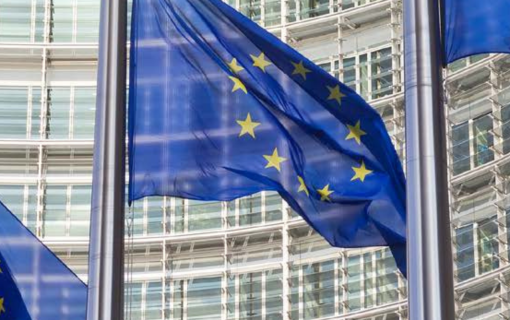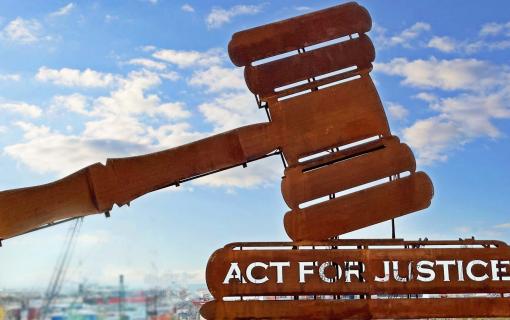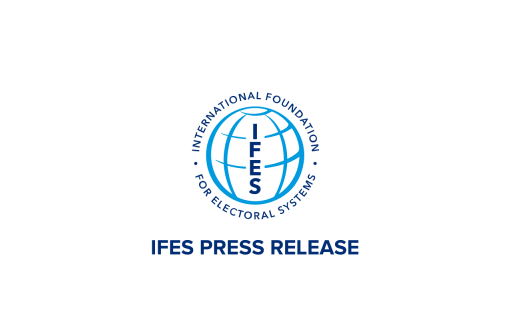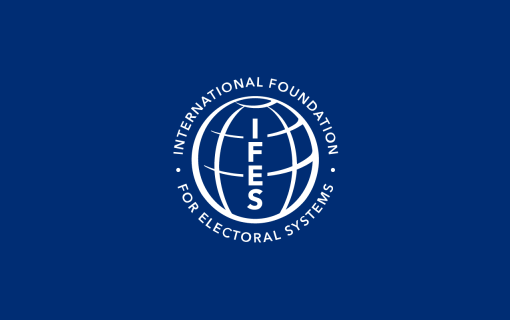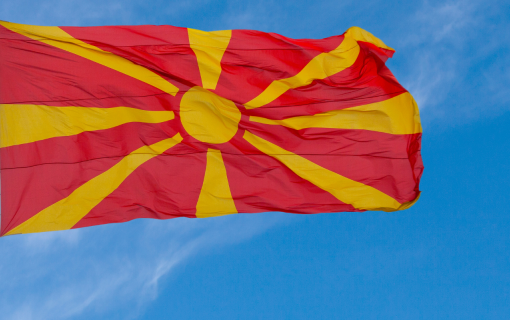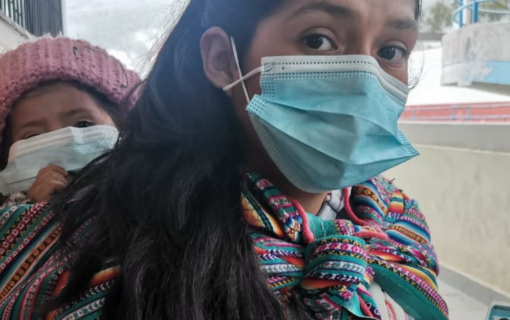Political Participation: Qualitative Study of Peru - Summary of Findings
Introduction: Context
The following is a study of the political participation of citizens in Peru. This is a highly relevant issue given Peru's strong transition toward an open and free market economy while it struggles to secure and establish a democratic political regime. As is the case in many Latin American countries, the state has noticeably dominated Peru's so-called civil society. Although Peru has a heterogenous social base, it was the upper spheres (the so-called "oligarchy") who took action and created the apparatus to lead society as a whole.
The formation of the state occurred in the twentieth century, but the Peruvian nation was not inclusive; it limited the notion of nationality to the dominant sectors of society and excluded those who adhered to their native culture and languages. Even though the complex political processes during the twentieth century included phases of civil and military authoritarianism - which at times attempted to preserve the pre-existing social situations and conditions, and at others struggled for a strong transformation, the state apparatus was always used as its principal tool for change.
The process of change and economic liberalization caused the inefficient state bureaucracy to enter into a deep fiscal crisis. This, in turn, caused the state to abandon many of its former responsibilities and reformulate the way it would lead society. In Peru, this process coincided with a period of strong political agitation promoted by Marxist movements: one, a Guevarista movement that promoted the idea of establishing foco guerrillero, or guerrilla focal point - following the teachings of Ernesto "CM" Guevara, was led by the Movimiento Revolucionario Tupac Amaru (MRTA); and the other, initially a pro-Chinese movement that later looked to and adopted the examples of Pol Pot, was led by the Sendero Luminoso, or Shining Path. Also, during the early 1980s, Peru experienced one of the last truly populist governments on the continent, under the administration of Alan Garcia. All of these peculiar developments and characteristics led Peru to travel a very different road than that traveled by the other South American republics. The administration of Alberto Fujimori, which began in 1990, would thus lead Peru through periods of drastic change, as prescribed by his advisor, Hernando de Soto, in his book, El Ofro Sendero. Without any parliamentary support and with a heavily affected society, these changes would take place amid the urgent needs for economic openness, fiscal adjustments, and an active military campaign against subversive groups. A considerable portion of Peruvian society would find various capitalistic options to adjust to the new economic reality, thus creating the informal sector.
Within this framework, several civil society institutions have emerged and a notable increase in civil participation has been evident. However, the dominant trend still points to and looks towards the state, especially the president. Peruvians widely consider him to be the individual who leads the country and controls its destiny.
Although Peru has come a long way, Peruvian society is far from achieving the social capital (one of mutual respect and trust) necessary to ensure economic and social growth with greater independence from the state. A study by the APOYO firm in the beginning of 1997 indicated that interpersonal confidence in society was not high. And though it seems clear that there are significant differences between those individuals who participate in communal activities and those who do not, it is also clear that participation in these activities has not increased the social capital.
Read the Full Report.




